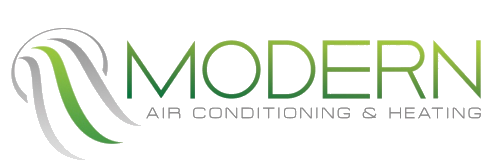Pros and Cons of a Ductless HVAC System
Ductless heating and cooling systems, or mini-splits, emerged as an excellent alternative to traditional ducted systems.
Ductless heating and cooling systems, or mini-splits, emerged as an excellent alternative to traditional ducted systems. Their rising popularity is owing to the incredible energy efficiency and consistent comfort they offer. Also, these HVAC systems do not require expensive ductwork to distribute air.
Whether considering a ductless system installation for a new home or thinking of switching from ducted to ductless, it is essential to examine the pros and cons of ductless heating and cooling to make an informed decision.
Ductless system pros
The primary benefits of ductless HVAC systems are:
Simple and easy installation
Unlike duct systems that usually require a few days, professionals can install a ductless system in a single day. Their installation only requires drilling a small hole into the wall to accommodate refrigerant lines. Then, HVAC technicians can quickly and easily mount the indoor units to the wall or ceiling.
Better energy efficiency
High-quality, top-performing ductless systems boast very high SEER performance, helping save up to 50% on the monthly heating and cooling costs. Traditional ducted systems lose 25% of the heated or cooled air due to leaks and heat loss through the ducts in unconditioned attics and crawlspaces. The absence of ducts in ductless systems eliminates heat loss to improve the system's performance and efficiency.
Space saving
Ductless systems are the ideal choice for old and smaller homes. Their installation does not require using the little attic, crawlspace, basement, or closet space to run ductwork or air handlers.
Quieter operation
Unlike traditional HVAC systems window units, which are notorious for making a lot of noise, ductless systems are very quiet and barely audible while running.
Superior comfort
Ductless systems improve indoor air quality and keep the home environment comfortable. Installing multiple indoor units facilitates zone control. It allows homeowners to set different temperatures for each room based on their comfort.
Ductless system cons
Although there are some stellar benefits of ductless system installation, it also has a few drawbacks, including:
High upfront cost
Whether replacing the existing ducted system or installing a mini split in a single room, ductless split systems require a higher initial investment. However, the energy savings over time can help recoup the cost, but it will usually depend on the system usage and local climate.
Bulky appearance
Several people do not like ductless system aesthetics. The bulky size of indoor units mounted on the ceiling or wall is quite visible and looks unappealing to many.
Maintenance requirements
Besides regular annual maintenance, the air filters and fans in the ductless systems need more frequent attention. The air filters require monthly cleaning, but more frequent cleaning is needed in households with pets or smokers. Fans also need regular cleaning to avoid dust and debris accumulation.
Limited heating options
Ductless systems are unsuitable for frigid climates due to their limited heating capacity. Therefore, an alternate heat source is essential for people who need both heating and cooling.
The ideal situations for ductless system installation include new additions, homes with no existing ductwork, and if there are rooms in the house with heating or cooling issues.
Stay warm this season
Contact an experienced HVAC professional for more information on ductless systems and to assess if it is the right choice for the home.
Modern Air Conditioning & Heating is a Boulder City-based HVAC company offering 15 years of experience in residential and commercial HVAC services for all makes and models. You can also call us directly at (702) 919-4365.

